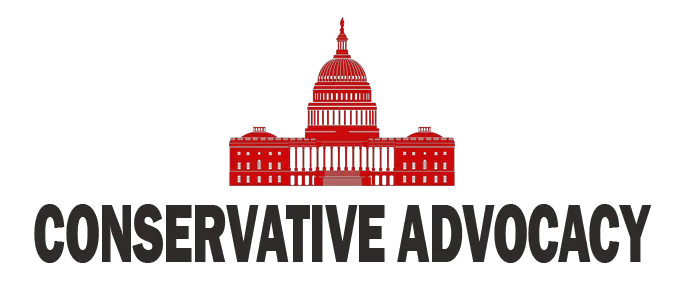The recent shooting of two lawmakers in Minnesota has sparked another round of discussions about the alarming rise of political violence in America. This isn’t just a random blip on the radar; it’s part of a disturbing trend that seems to be escalating over time. Back in 2017, the number of threats against Congress members was around 4,000. Flash forward to today, and that number has ballooned to nearly 10,000. That’s a staggering increase, and it’s clear that the atmosphere around political discourse is becoming more hostile.
One of the lawmakers affected by this ongoing issue has spoken about their experiences with threats and harassment. They shared that attending public events has become increasingly difficult, and their family members have even received hateful messages. Imagine going to church, a place meant for peace and community, only to have people shouting threats at elected officials or even the pastor. That’s the reality many public servants face today, and it’s not okay. The Capitol Police are taking these threats seriously and are actively working on a program designed to enhance the safety of elected officials, especially when they are back in their districts.
Another point raised during the discussion is the security at the Capitol itself. While it is generally considered a secure location, there is agreement that the level of threats varies depending on the situation. A senator emphasized that politics should not devolve into violence and that it must remain a space for vigorous debate, not a battlefield. Comparing political discussions to a game of chess, it’s essential to have strategies and maneuvers that maintain the integrity of the game without resorting to harmful actions.
The question of how to improve security for lawmakers once they leave the heightened safety of the Capitol has been lingering in the air. There are ideas on how more individuals could be involved in protecting them while they’re in their home districts or on the road. Having trained personnel around can help provide peace of mind, allowing public officials to do their jobs without fear for their safety.
This concerning trend calls for not just awareness but also action. The public and lawmakers alike need to come together and foster an environment where political dialogue can thrive without the shadow of violence looming overhead. Everyone must take a stand against this behavior to ensure a safer future for those who step up to serve their communities and the nation. After all, democracy thrives on open discussion, not threats and intimidation. It’s time to unify and push back against this tide of hostility.




